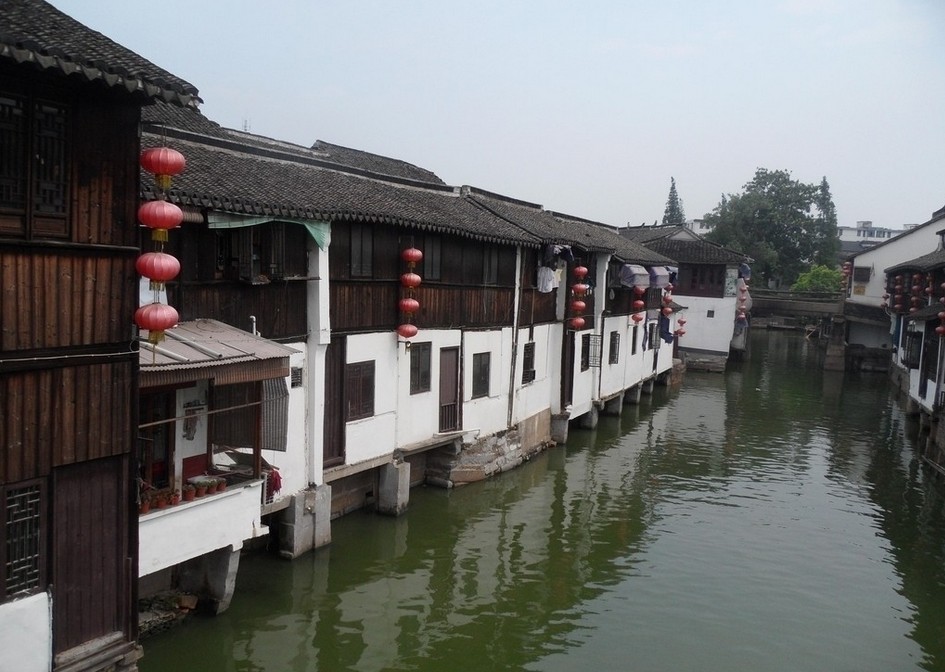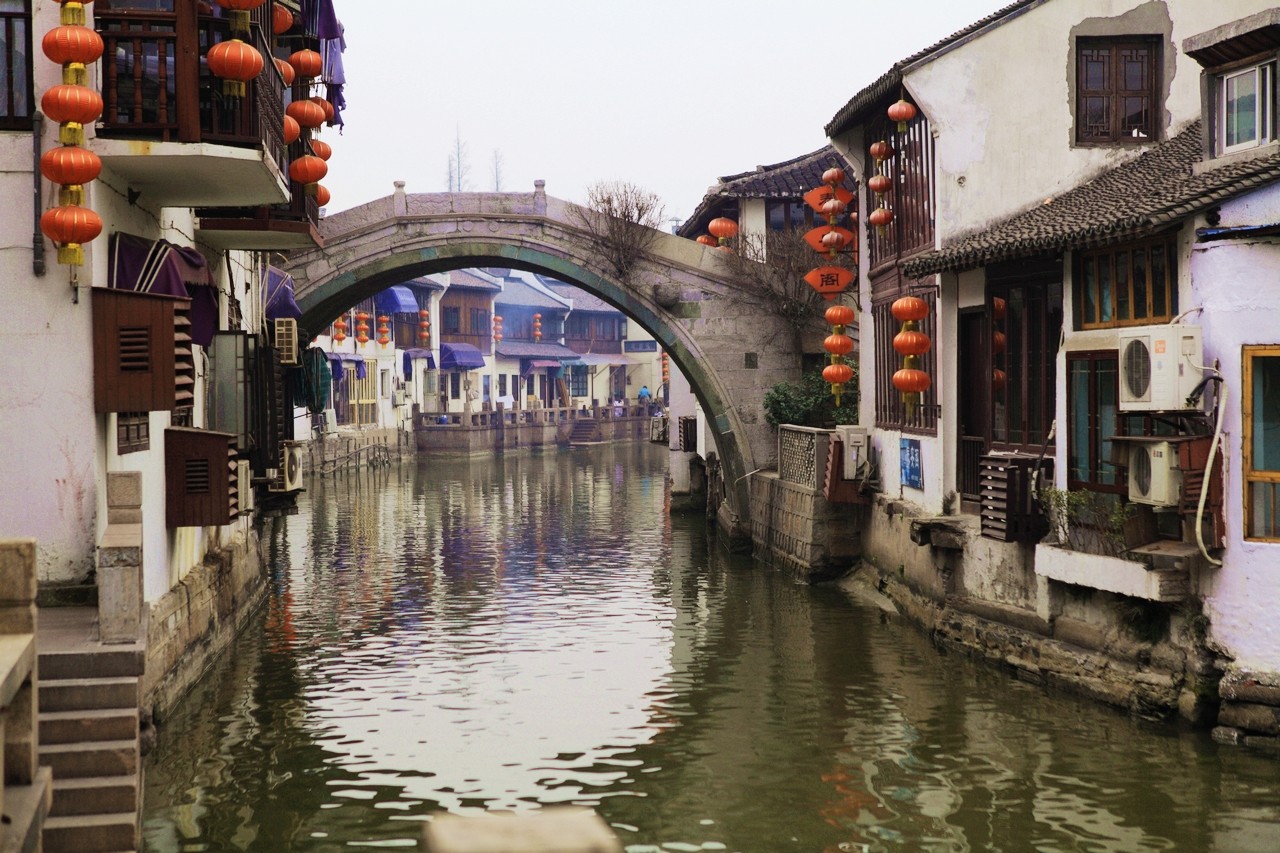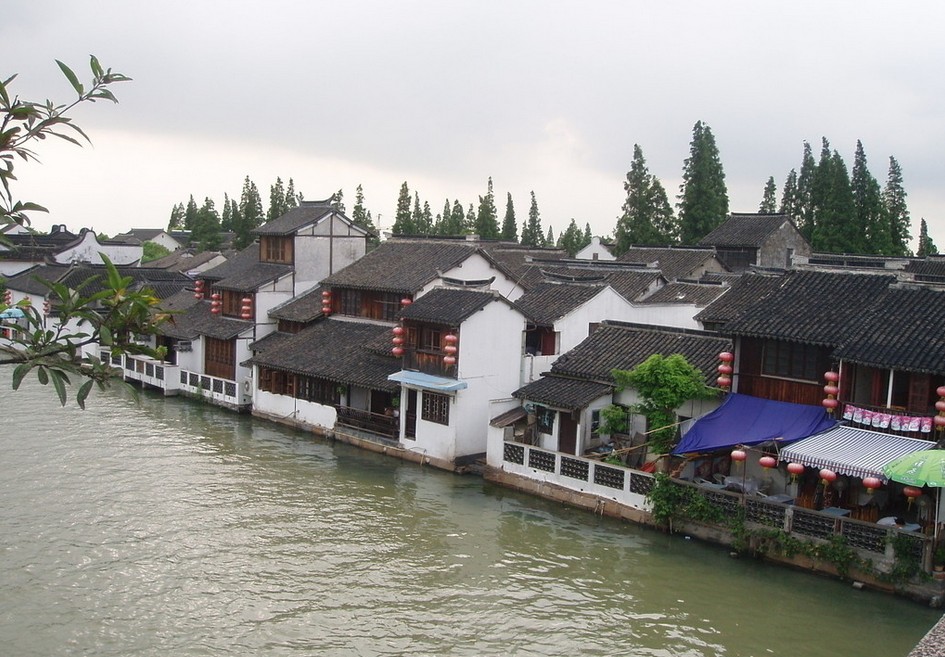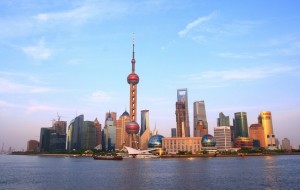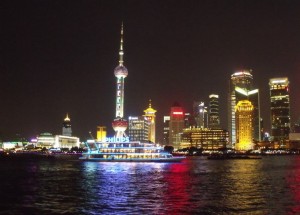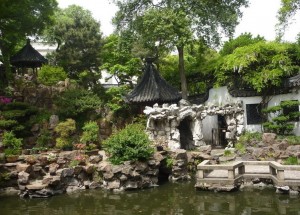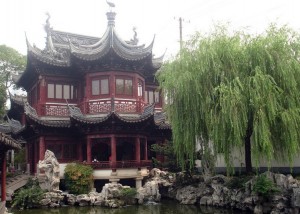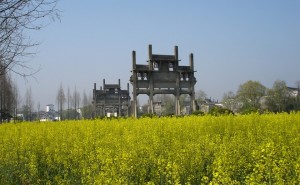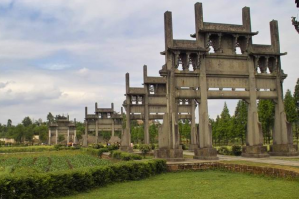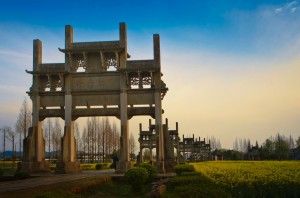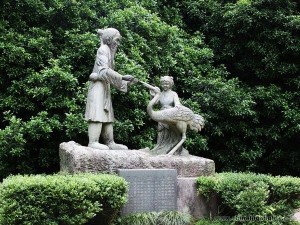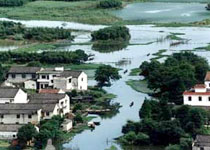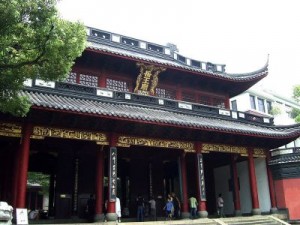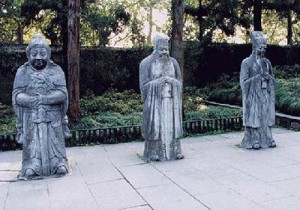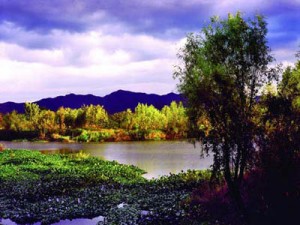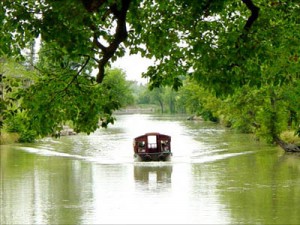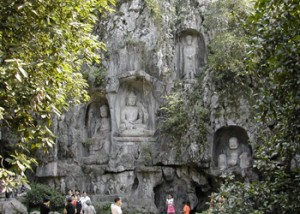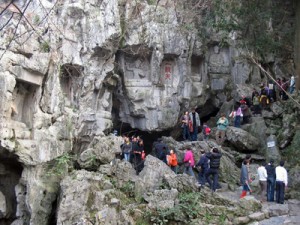Zhujiajiao ancient water town, located in the middle-south part of the Qingpu area close to the Dianshan lake scenic area, faces the dividing line of the West Da Ying and city surrounded highway in its east and is close to Dianshan Lake with the grand view garden scenic spot on the other side of the lake in its west, neighbors the Shen Xiang town in its south, borders the Diandong of the Kunshan city in Jiangsu in its north. It is 6 kilometers away from the Qingpu Town in its south and 48 kilometers away from the Shanghai city center. It is a famous ancient town in Shanghai which has attracted numerous travelers from home and abroad.
Covering an area of 54.5 square kilometers and having a long history, the Zhujiajiao water town features rich travel resources. It has been honored as “Jiangnan Pearl”, “Shanghai Venice”, “HuJiao Hollywood” and listed as one of the four big historical cultural famous town in Shanghai and AAAA level scenic spot in China. Walking along the Zhujiajiao Water Town, you can see winding water pass through the classic bridges, which are characterized by strong poetic atmosphere and elegance. The residential homestead was built in accordance with the water with the building style of Ming and Qing Dynasties, graceful and spectacular.
Charming natural scenery in famous zhujiajiao ancient town is undoubtedly a mountain called Dinashan and a lake called Dianshan Lake, which shows the Jiangnan water town’s features. There are also some other famous ancient town characteristic humanities landscape, including bridge, street, temple, hall, gardens, bay, lanes. Moreover, it is famous for its leisure facilities at home and abroad and its one line street—North Avenue, is the first street that has been best preserved among the Ming and Qing buildings in the outskirts of Shanghai.
Travel information: 1) Opening time: 24 hours; 2) Ticket price: 60 RMB/adult; 3) Visiting time suggestion: 3 hours; 4) Best time to visit: Spring time and autumn time as the weather at that time is moderate and the scenery is beautiful which is appropriate for appreciating the water and customs there.
